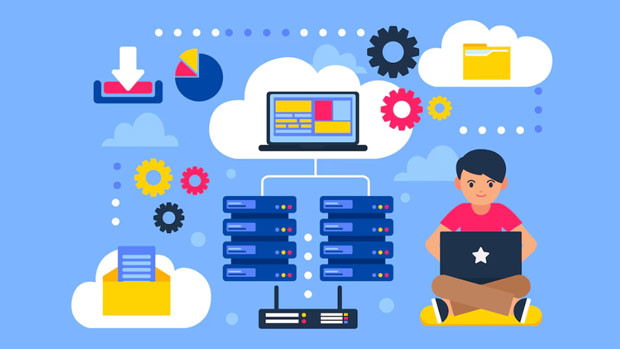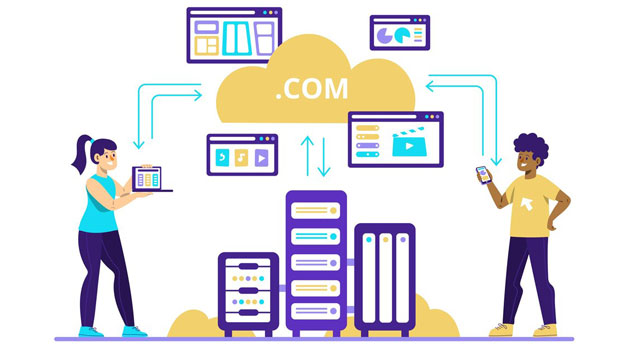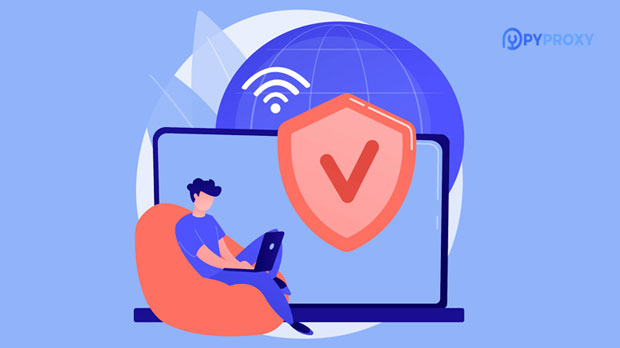In the world of social media management, proxies play a crucial role in protecting accounts from bans and enhancing overall efficiency. Whether it's for managing multiple accounts, automating interactions, or maintaining anonymity, using the right type of proxy is essential. Proxies act as intermediaries between users and social media platforms, allowing users to mask their real IP addresses. This article explores the different types of proxies that are best suited for social media management and preventing bans, including their specific advantages, use cases, and how they contribute to a successful social media strategy. Understanding Proxies: A Brief OverviewBefore diving into which proxies are best for social media management, it’s important to understand what proxies are and how they work. A proxy server is a system or router that acts as a gateway between users and the internet. When you connect to a social media platform through a proxy, the platform sees the IP address of the proxy server instead of your real IP address. This allows users to bypass geographical restrictions, prevent IP-based bans, and maintain anonymity.However, not all proxies are created equal. Some are better suited for managing social media accounts, automating tasks, and ensuring that accounts are not flagged or banned by platforms like Facebook, Instagram, Twitter, and LinkedIn. The type of proxy you use can significantly impact the success of your social media efforts.Types of Proxies for Social Media ManagementThere are several types of proxies that can be used for social media management and to prevent account bans. The most common types include residential proxies, data center proxies, and mobile proxies. Each type of proxy has its strengths and weaknesses, and understanding these differences will help you choose the right one for your needs.1. Residential ProxiesResidential proxies are often considered the most reliable and safest option for social media management. These proxies are provided by Internet Service Providers (ISPs) and use real residential IP addresses. Since they are associated with actual households, residential proxies are less likely to be flagged by social media platforms as suspicious or fraudulent.The primary advantage of using residential proxies is that they allow for high anonymity. When using a residential proxy, the social media platform sees an IP address that is linked to a legitimate, real-world location. This makes it harder for platforms to detect automated activities or suspicious behavior, reducing the likelihood of an account being banned.Additionally, residential proxies offer a high level of reliability and speed, which is crucial when managing multiple social media accounts or automating tasks. They are ideal for tasks such as account creation, posting content, and automating likes, comments, and follows. With residential proxies, users can manage social media campaigns with a reduced risk of detection.2. Data Center ProxiesData center proxies are another popular choice for social media management. Unlike residential proxies, data center proxies are not linked to real residential addresses but are instead provided by data centers. These proxies offer faster speeds and are often cheaper than residential proxies, making them a cost-effective solution for large-scale social media automation.However, data center proxies come with some downsides. Since they are not tied to real residential addresses, social media platforms may flag these proxies as suspicious, especially if they are used excessively or for repetitive tasks. If you plan to use data center proxies for social media management, it’s important to rotate them frequently and avoid overusing a single proxy to reduce the chances of being banned.Data center proxies are best suited for tasks that don’t require high levels of anonymity, such as bulk content scraping, data collection, and less-sensitive social media actions. They can be a good option if you’re running large-scale automation campaigns and are focused on efficiency rather than complete anonymity.3. Mobile ProxiesMobile proxies are a relatively newer type of proxy that use mobile devices as the source of their IP addresses. These proxies are ideal for social media management because they simulate real mobile device traffic. Since mobile traffic is increasingly popular, social media platforms are less likely to flag mobile proxies as suspicious.The key benefit of mobile proxies is that they allow users to bypass many of the restrictions that social media platforms place on IP addresses. Mobile proxies are great for tasks such as managing multiple accounts, automating actions, and running mobile-based social media apps. They are especially useful for platforms like Instagram, which have a high mobile user base.Mobile proxies offer a high level of anonymity and are less likely to be flagged compared to data center proxies. However, they tend to be more expensive than other types of proxies, which may limit their appeal for those with a tight budget. Still, they are one of the best options for long-term social media management, especially if you want to replicate real-user behavior and avoid account bans.Factors to Consider When Choosing a Proxy for Social Media ManagementWhen choosing a proxy for social media management, several factors should be taken into account:1. Anonymity and SecurityThe primary goal of using a proxy is to maintain anonymity and protect your real IP address. For social media management, this is especially important as platforms often monitor IP addresses to detect fraudulent activity. Residential and mobile proxies tend to offer the highest level of anonymity and are less likely to be detected by social media algorithms.2. Speed and ReliabilitySpeed is critical when managing social media accounts, particularly when performing actions such as posting content, responding to messages, and engaging with followers. Both residential and mobile proxies offer good speeds, but data center proxies can sometimes provide faster connections. However, the risk of being banned increases with the overuse of data center proxies.3. BudgetProxies come at varying price points. Residential and mobile proxies tend to be more expensive than data center proxies, but they offer a higher level of protection against bans. If you’re working with a limited budget, you may consider using data center proxies for tasks that don’t require high levels of anonymity.ConclusionWhen it comes to social media management and preventing account bans, choosing the right proxy is essential. Residential proxies provide the best protection against bans and offer a high level of anonymity, making them the best option for most social media tasks. Data center proxies are a more affordable alternative but require careful management to avoid detection. Mobile proxies offer a great balance of anonymity and performance, especially for mobile-based social media platforms.By considering factors such as anonymity, speed, and budget, you can make an informed decision on which type of proxy to use for your social media management efforts. Regardless of which proxy you choose, rotating proxies regularly and avoiding excessive use of any single IP address is crucial to maintaining the long-term success of your social media campaigns.
Jul 09, 2025



































































